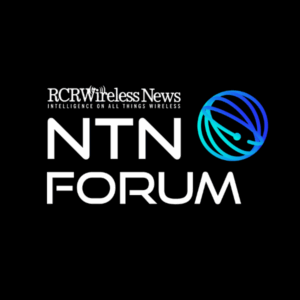The simultaneous explosions of wireless telecommunications and the Internet have presented a unique opportunity to global consumers: truly personalized communications. The key to realizing the full potential of this market is developing a highly intuitive and scalable menu of mobile services. A critical portion of this development will come from evolution and optimization of the wireless intelligent network (WIN) IS-41.
The opportunities and requirements in the marketplace will come together to transform what the industry now views as separate industries-wireless telecommunications and information technology. WIN’s development will depend on the following factors if it is to play a successful and meaningful role in delivering global mobility services:
Deploy dual-band systems
Successful implementation of dual-band wireless systems supporting seamless services on a single terminal will realize a logical separation of the service architecture’s radio engineering and service-protocol elements. This will facilitate even tighter coupling of WIN database and network capabilities to exploit digital wireless features. Intelligent network (IN) services such as calling party pays and prepaid cellular will trigger rapid subscriber growth, particularly in the consumer market. Operators also will be able to introduce network enhancements and evolve the background systems through WIN without unnecessary disruptions at the end-user level.
Integrate services
With more transparent services supported across multiple spectral bands, consumers can finally choose when and why they will change or upgrade their handsets. The traditional approach to wireless marketing will move in the same direction that Intel successfully took in the PC industry: evolve user terminals from the 286 to 386 to 486 to Pentium, etc. The key to this evolution will be service-integration planning by the operator, but not necessarily device integration. Such integration will allow planning at network-level economics. In addition, it will support synchronization of terminal upgrades with necessary network service features.
Integrate wireless & wireline
The WIN and related wireline IN architectures will converge, driven by an increasingly competitive telecommunications market offering a full-service portfolio with varying degrees of required mobility. Such an integrated public-switched telephone network (PSTN)/public-land mobile network (PLMN) market will be characterized by distance insensitive pricing, flexible bundling of services, “virtual personal networks,” full number portability, network upload/download feature capabilities to mobile access and egress points of negotiation.
Deploy high-speed services
Data transmission and other services requiring higher speeds and carrying capacity will drive WIN to evolve and accommodate TCP/IP architecture and database requirements. WIN will be a critical component of a merged mobility architecture for telecommunications and information technology. Again, the technology focus will be on service integration-not device integration. One eventually may come to refer to this architecture as the “WINternet%’-wireless intelligent internet.
In the same way that wireline and wireless telecommunications are evolving to a common overall architecture, WIN must evolve to provide the global mobility service component of a full communications-services architecture. Year-end 2000 is not an unrealistic target date for establishing the blueprint for this architecture.
Leo Nikkari
Universal Wireless
Communications Consortium
United States






